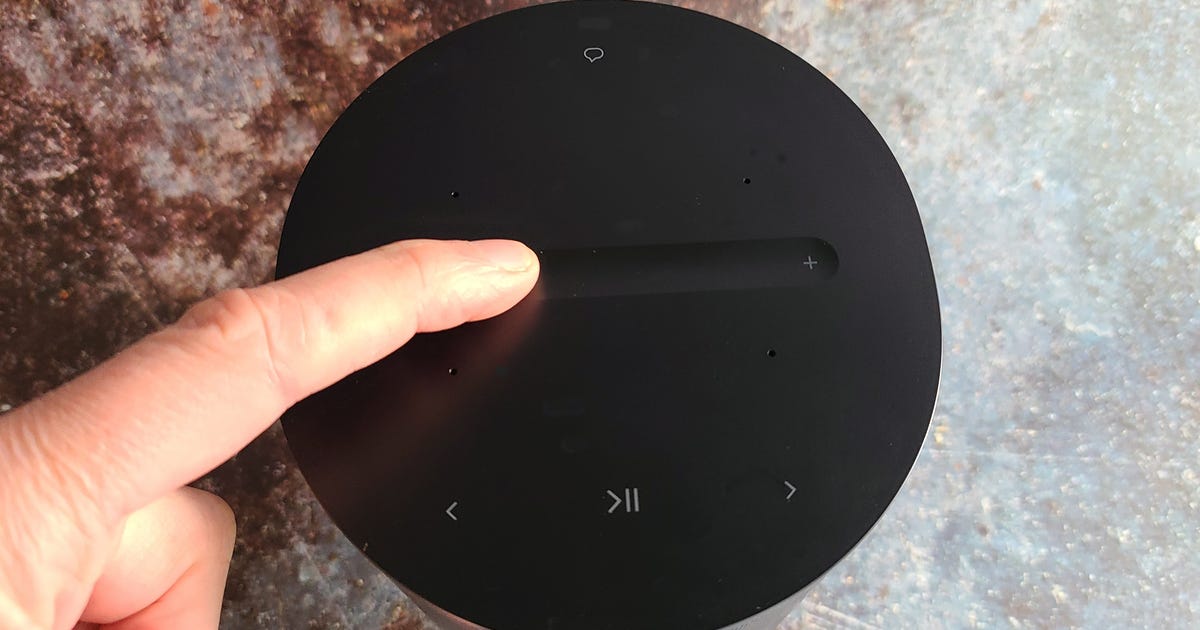
Dolby
LAS VEGAS — Of all the TV tech demonstrated at the International CES 2015, one of the most exciting was HDR, or High Dynamic Range. Though there were a few mentions last year, multiple companies discussed product and content for 2015.
Why should you care? Is this just another fad? What does HDR mean for picture quality? These questions, and more, are answered.
And in fairness, we ask some more questions, too, because this is pretty new tech.
What’s HDR?
HDR is a promising advancement in picture quality. The simplest description would be brighter whites and at the same time, darker blacks. But it goes beyond that. Say you wanted to draw a picture, and you had ten crayons: One black, one white, and eight gray ones ranging from dark gray to almost-white gray. You could draw, let’s say a landscape, enough that someone else could identify what you drew. “Hey, nice landscape!” someone might lie.
But what if you had 100 crayons: Black, sort-of-not-black, sort-of-sort-of-not-black, dark-dark-gray, dark, gray and so on, all the way up to white. With that many more shades, you could draw something a bit more realistic, right?
Now add color. Instead of a handful of colors, you could have thousands. Now you could really get something going right? You Monet, you.
This is basically HDR. A wider range of light for a TV to paint a picture for you. Except with HDR, it’s also extra brightness, so the bright parts of an image are actually bright.
We dive into this more in High Dynamic Range: Dolby Vision, X-tended Dynamic Range Pro, and beyond.
The TVs of CES 2015 (pictures)






What’s new
This year at CES, we’ve seen big steps towards an HDR future. Multiple companies talking about HDR in their TVs, and even more exciting, Dolby and Netflix talking about HDR content.
You see, it’s great if a TV is HDR, as it can look better even with regular content, thanks to its significantly higher contrast ratio. But with HDR content, even more realism can come to your home.
Here’s what we know so far.
Netflix and Dolby
Content! Dolby and Warner Brothers have announced the first three HDR movies, available soon: “Edge of Tomorrow,” “Lego Movie,”and “Into the Storm.” These won’t be on disc, but instead available via streaming to TVs with Dolby Vision built-in. Dolby Vision is metadata, essentially info on top of the regular content, that tells DV-enabled TVs what to do with their expanded dynamic range.
Netflix is partnering with LG and Sony to deliver 4K HDR content to their HDR TVs. They’re no info on when this will launch, but Netflix definitely seems as interested in HDR as they are with 4K.
LG
LG, maker of our favorite TV last year , showed a prototype HDR OLED. This is especially exciting, since OLED’s incredibly high native contrast ratio (effectively infinite). Check out David’s initial impressions.


Now playing:
Watch this:
LG’s OLED HDR: the next generation of the best TV ever
1:20
Sony
Sony once again had two models with HDR. The top-of-the-line X930C/X940C series has two models. The X940C 75-inch has the full bore “X-tended Dynamic Range Pro” while the X930C 65-inch has “X-tended Dynamic Range.”
Check here for more info .
TCL
TCL’s 85-inch L85H9500A features Dolby Vision. However, it currently has only limited availability in China and Southeast Asia.
Philips
When it comes to Dolby Vision, Philips is often mentioned as a potential manufacturing partner, though at CES 2015 they were pushing their (admittedly cool) laser LCD.
Samsung


Samsung
Samsung is rolling its HDR tech in with other next-gen picture-quality enhancements into its new line of S’UHD TVs (I believe it’s pronounced “Sud”). Though not specifically called HDR, the top-of-the-line JS9500 has full-array local dimming, and more than double the brightness of the average LCD.
In a private-room demo, Samsung showed CNET a JS9500 playing back selections from “Life of Pi” and “Exodus” in HDR. They looked great.
Panasonic
Panasonic, too, doesn’t call it HDR, but has “Dynamic Range Remaster” in its CX850 series, which it describes as achieving “dramatically enhanced image reproduction and rendering capabilities in the high luminance range. By restoring the information of high-brightness image areas that drops out during recording, it faithfully reproduces not only the brightness but also the original colors.” We’ll have to wait and see if this is an image enhancement feature, best left off, or something more in line with true HDR visuals.
But…
OK, we do have some questions and concerns. It’s possible (perhaps likely) that the term “HDR” will rapidly become overused by manufacturers. How soon before some company just starts labeling their regular local dimming tech as “HDR.” It’d be a shame for High Dynamic Range to become as meaningless a term as contrast ratio has.
Also, how much content will there be? Since it’s “just” metadata, it seems like something they could add to a disc without too much of an issue. But then again, the content will have to be HDR before it gets to the disc, that’s the real issue.
HDR in TVs vs. HDR in photography
One last thing. If you’re a photographer, you’re probably familiar with photo HDR, the hyper-realistic, weird gamma technique made popular by people like Trey Ratcliff.
This isn’t the same thing. HDR photography uses image manipulation and multiple exposures to show you, in one image, both dark areas (shadows) and highlights. There’s no actual expanded range; it’s just combining one photo that was exposed to see highlights, with one that was exposed to see shadows. It’s a neat (though, in my opinion, overused), effect.
HDR on the TV side is about actual expanded range. So highlights are actually bright and shadows are actually dark; more like what your eye sees. An HDR-technique photo, on a non-HDR TV, would look flat and boring compared to a real HDR image like those discussed above from Dolby and Netflix, on an HDR TV.
Bottom line
HDR is potentially really, really cool. It’s the promise of an exceptional contrast ratio and even more lifelike images. The concern is multifold: an overuse of the name (on mediocre versions of the tech), no content, and so on.
With content coming and more TVs available this year, it could be a promising future.
Check out all of CNET’s coverage of CES 2015 here.




